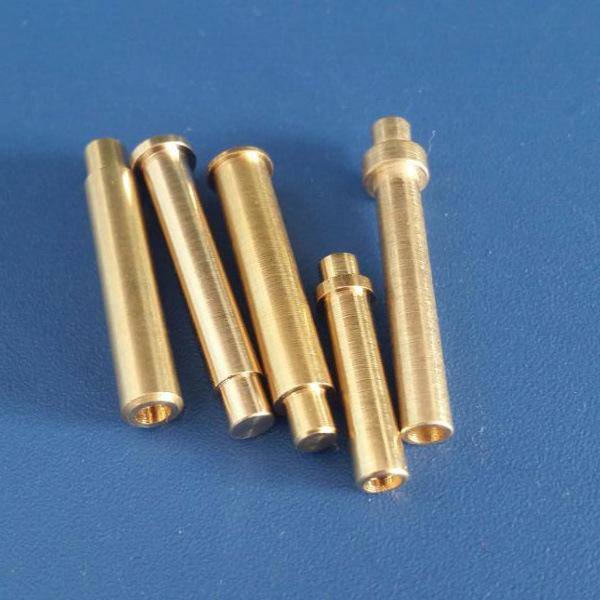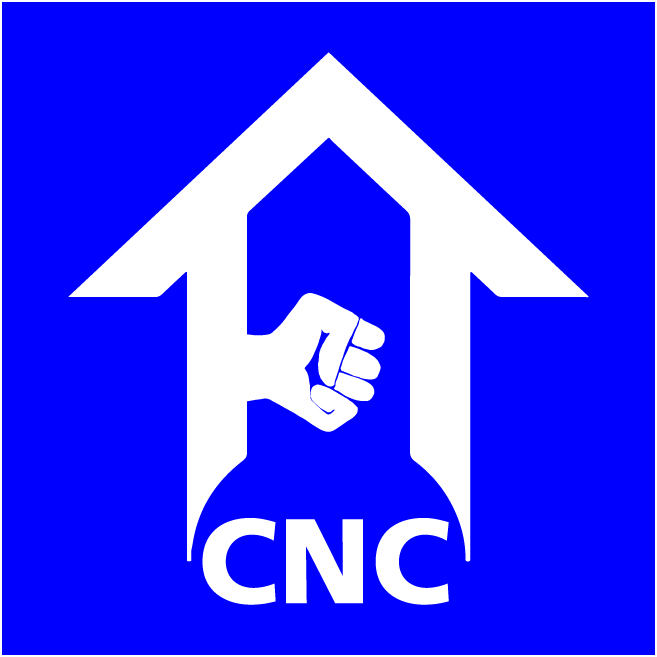What is a CNC turned part?

Turned parts are parts that are machined from CNC lathes. It is a part that is processed by changing the shape and size of the blank by the rotational motion between the workpieces and the linear or curved motion between the cutters.
Turning is the most common cutting method. It is suitable for the machining of most workpieces. It can achieve high precision and there are many types of turned parts. Hard turning is best known for its high thermal stability and is also widely used. So let's take a closer look at the hard turning.
Choosing a reasonable hard turning system can reduce cost and processing time while achieving high precision. Therefore, we must consider the following factors when choosing a reasonable turning part:
1 Coolant. No coolant cutting has a cost advantage, but in continuous cutting, the coolant can improve the smoothness of the surface while extending the life of the tool, and the coolant is water-based. Most of the heat is removed during the cutting process to protect the machine while avoiding burns to the operator.
2 Albino layer. Also called heat-affected zone, in the process of cutting, because the heat is transferred to the parts too much, the whitening layer is often formed on the bearing steel, so the operator should randomly check to ensure the quality.
3 Machine tools. The rigidity of the machine tool largely determines the machining accuracy of the hard cutting. In order to keep all parts as close as possible to the turret tool holder to maintain systemicity, minimize dangling, tool extension and part extension and eliminate the slats and washers.
4 the thread. The right blade is the key, the best is the triangular blade. Properly increase the number of passes and reduce the depth of cut, while using alternate side cuts to control the cutting force and extend the life of the tool.
5 the workpiece. The parts most suitable for hard turning have a small aspect ratio (L/D). Generally speaking, the ratio of L/D of unsupported workpiece is not more than 4:1, and the ratio of L/D of supported workpiece is not more than 8:1. Although the slender part has a tailstock support, the knife vibration may still be caused due to excessive cutting pressure. In order to maximize the rigidity of the system for hard turning, the overhang should be minimized. The tool extension length must not exceed 1.5 times the height of the tool bar.
6 Boring. Boring hardened materials requires a large cutting pressure, so it is often necessary to multiply the torsional and tangential forces of the mast. Cutting pressure can be reduced with a positive rake angle (35° or 55°) and a small tip radius blade. Decreasing the depth of cut and the feed rate while increasing the cutting speed are also ways to reduce the cutting pressure.
7 the process. Because most of the heat generated by hard turning is carried away by the chips, inspection of the chips before and after machining can reveal whether the entire process is coordinated. For continuous cutting, the chips should be flaming orange and float like a ribbon. If the chips are cooled by hand after cooling, it indicates that the heat carried away by the chips is normal.
8 the blade. CBN inserts are the most suitable for hard turning, and although they are expensive, they provide the safest tool wear rate during continuous cutting, and are far ahead of ceramic or cermet inserts.
